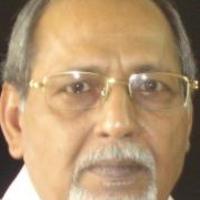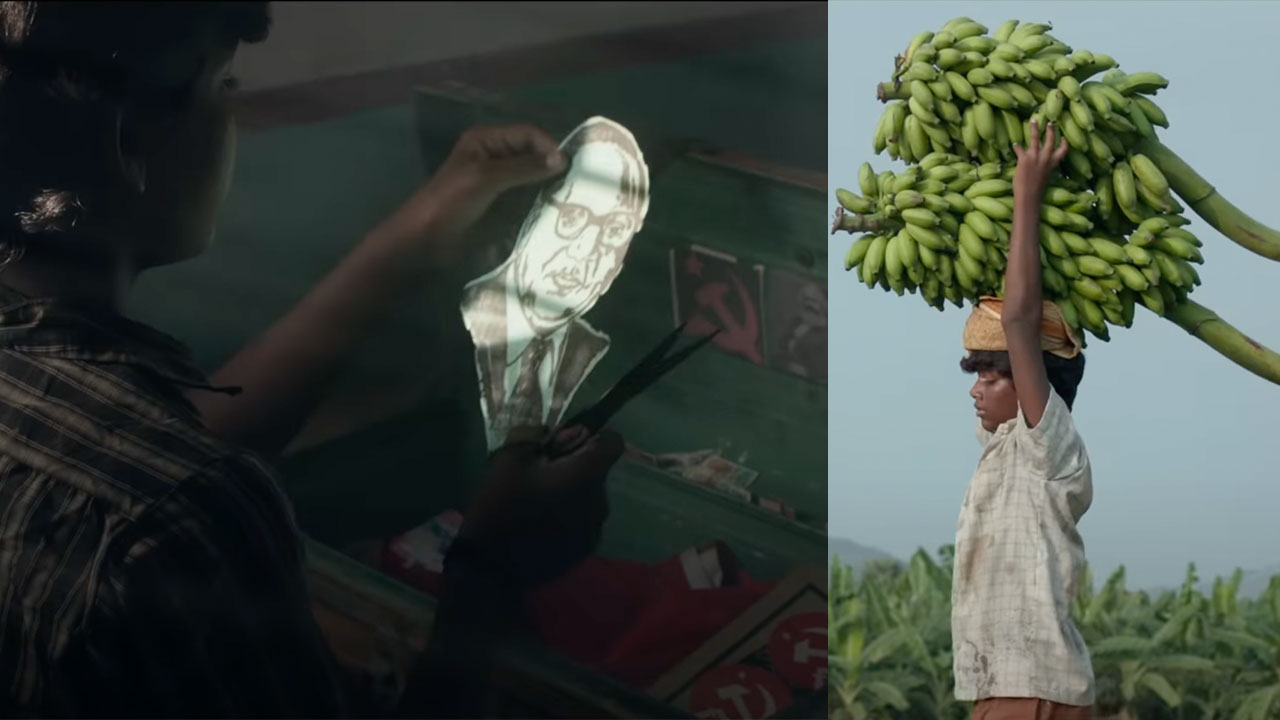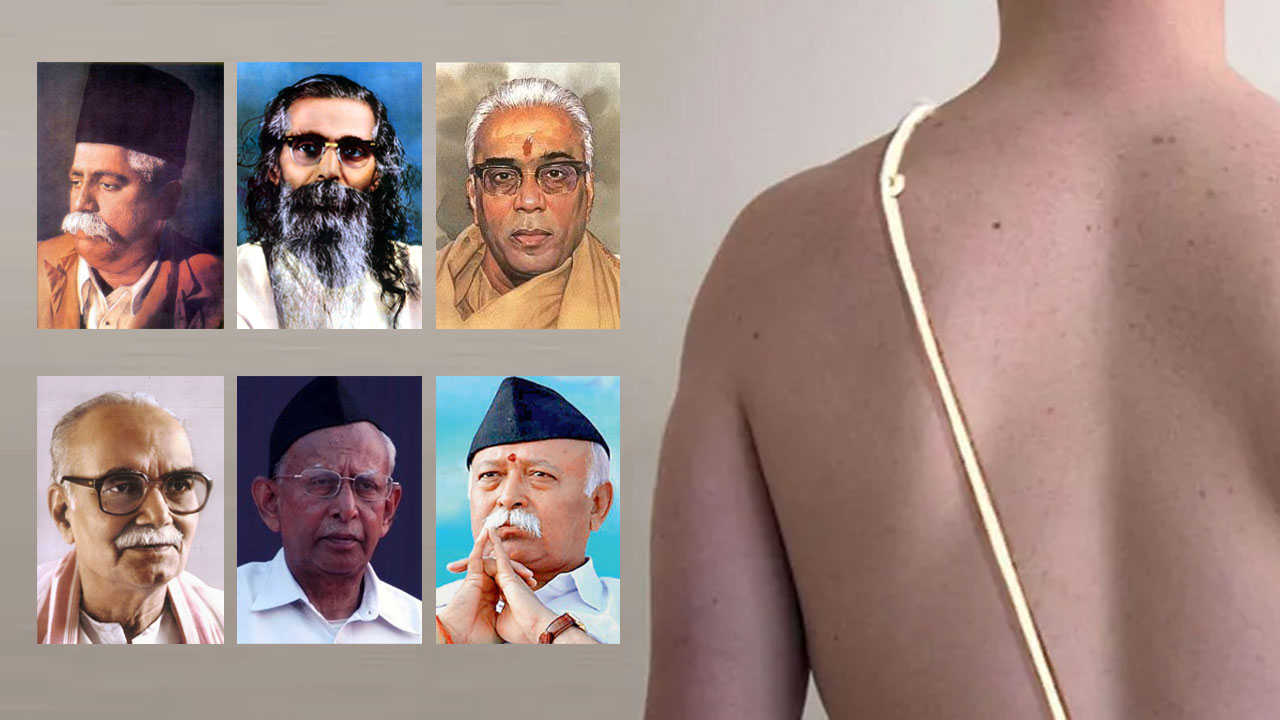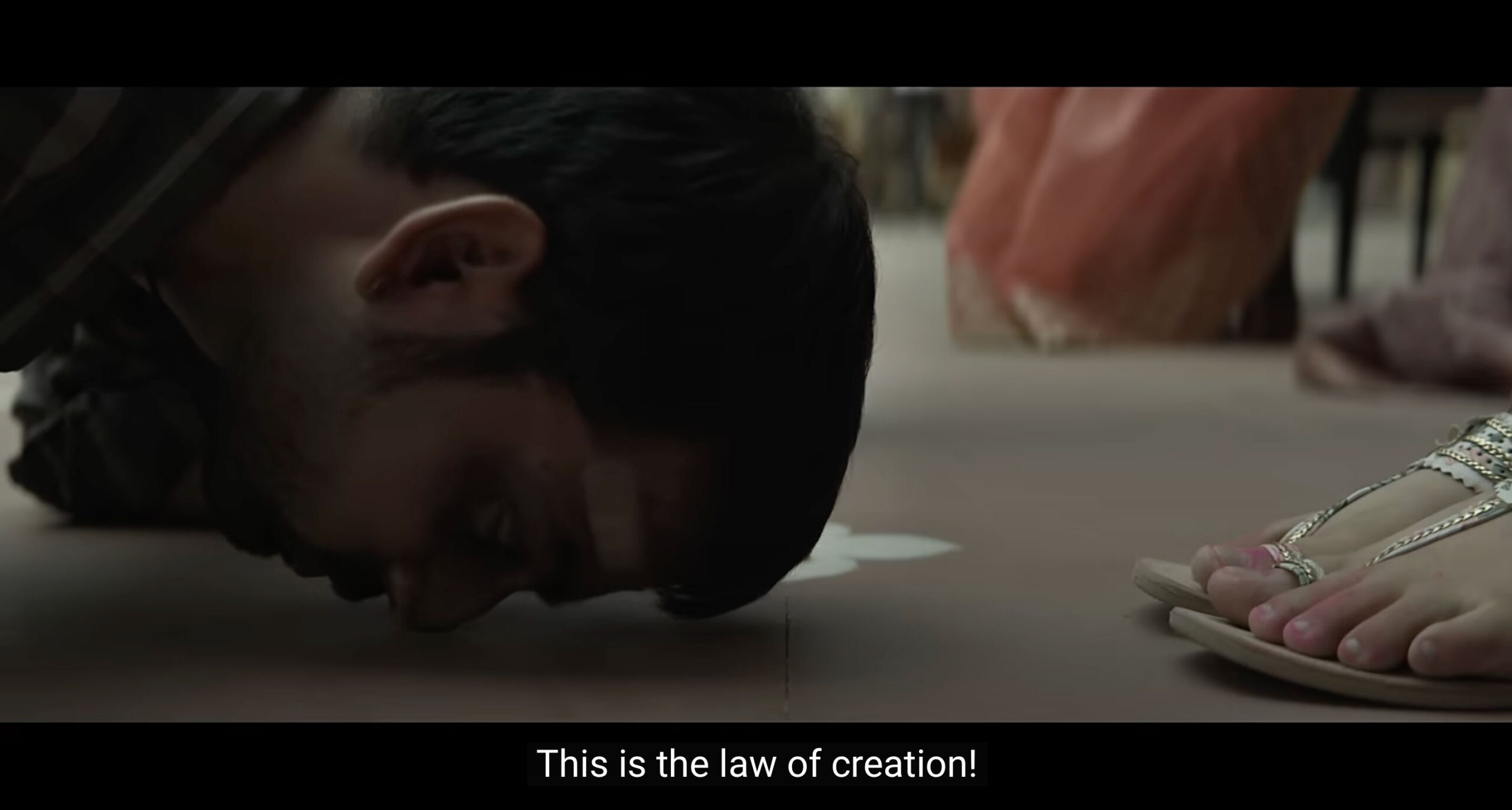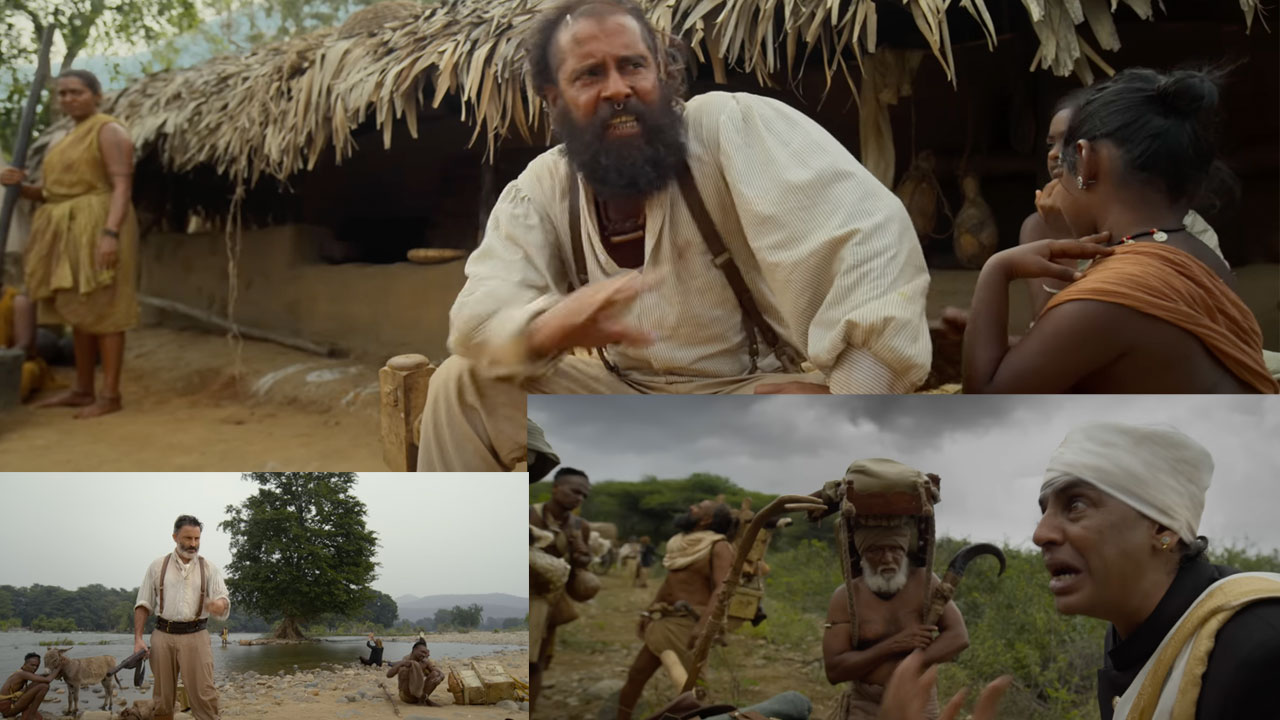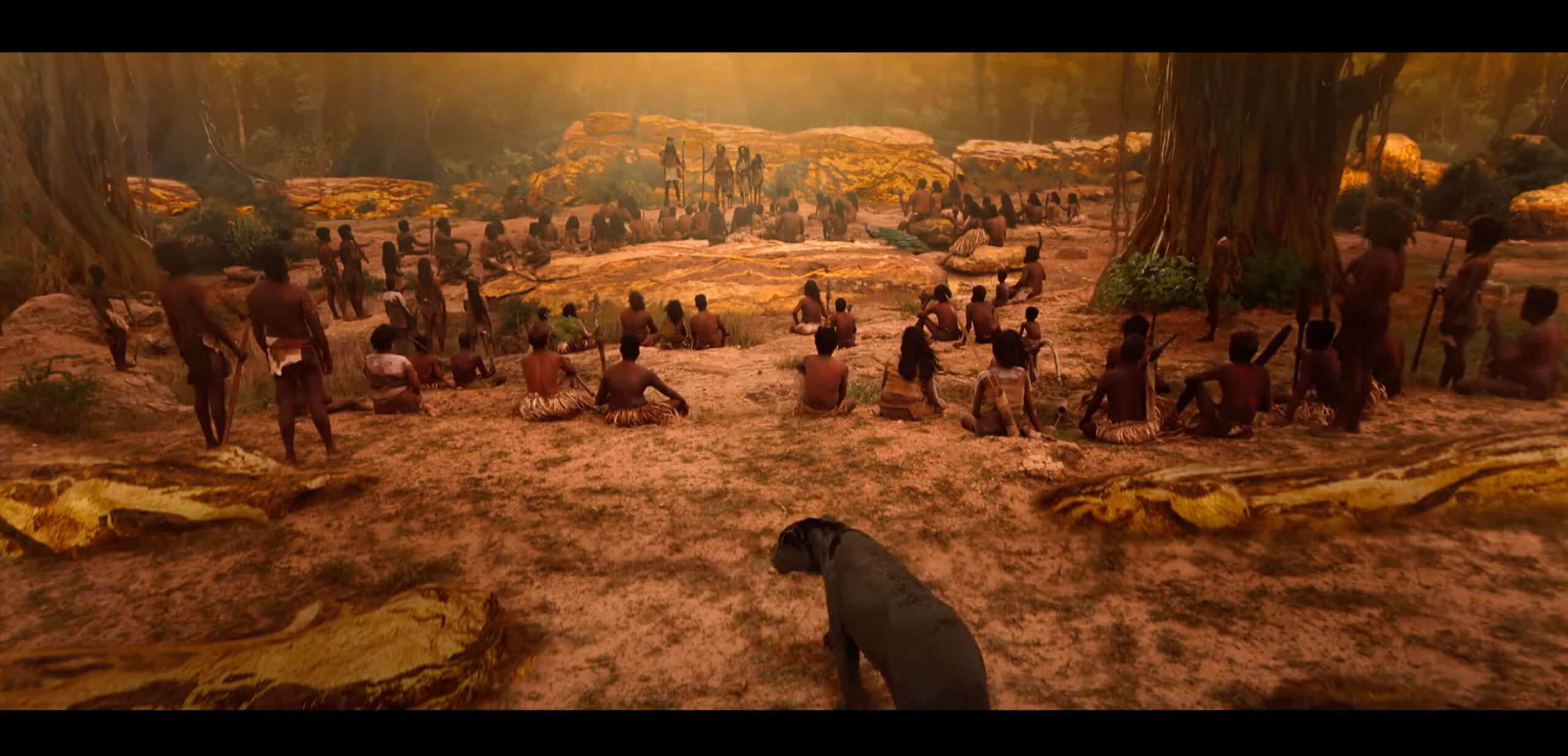If there exists in society a conflict between law and the guardians of justice, is it possible to gain freedom from the chains formed by caste and religion? The socio-economic and sociopolitical dynamics of caste and religion will not change anytime soon because the archaic laws, flawed judicial interpretations and the lack of political will – all of which have hindered social justice in the past – remain.
 Reservation appears to be a deep-rooted conspiracy involving society, judiciary and politicians to force Dalits to remain Hindu and keep their Dalit identity intact. Dalits, currently 25 per cent of the population of India, are being bound with the shackles of caste and religion by the party in power and by upper-caste Hindus. In different parts of the country, slogans of “Ghar Wapsi” and the waving of the saffron flags have given rise to violence.
Reservation appears to be a deep-rooted conspiracy involving society, judiciary and politicians to force Dalits to remain Hindu and keep their Dalit identity intact. Dalits, currently 25 per cent of the population of India, are being bound with the shackles of caste and religion by the party in power and by upper-caste Hindus. In different parts of the country, slogans of “Ghar Wapsi” and the waving of the saffron flags have given rise to violence.
According to the 2011 Census, Scheduled Castes and Scheduled Tribes make up 16.6 percent and 8.6 per cent of the population, respectively. According to Article 366 (24) read in conjunction with Article 341 (1), “Scheduled Castes” means “such castes, races or tribes or parts of or groups within such castes, races or tribes as are deemed under Article 341 to be scheduled castes for the purposes of this Constitution”.
The Constitutional (Scheduled Castes) Order, 1950 says that “no person who professes a religion different from the Hindu (the Sikh or the Buddhist) religion shall be deemed to be a member of a Scheduled Caste”. The Presidential Order, 1950 was amended by the Parliament in 1956 to include Dalit Sikhs and in 1990 to include Dalit Buddhists.
It is crystal clear that the reservations for Scheduled Castes under this order are only available to Hindus (along with Sikh or Buddhist Dalits) and not to the Dalits who are Christians or Muslims or belong to any other religion. It means that a Scheduled-Caste Hindu may enjoy the benefits of reservation so long as they remain Hindu; and if they convert to any other religion they don’t qualify for reservation. But if an upper-caste Hindu girl marries a Dalit, or an upper-caste Hindu boy is adopted by a Dalit, they may not be treated as Scheduled Caste for the purpose of reservation.
Indubitably, Scheduled Caste is defined on the sole criterion of religion. Therefore, individuals professing Islam, Christianity and other faiths are excluded. Although India is a secular state and article 15 of the Constitution prohibits discrimination on the grounds of religion, race, caste, sex or place of birth, the Article also says that “nothing shall prevent the State from making any special provision for the advancement of any socially and educationally backward classes of citizens or for the Scheduled Castes and the Scheduled Tribes”. Why is it that this special tool for advancement is actively being denied to Dalits who aren’t Hindus but Christians, Muslims and Jains, among others? Astonishingly enough, for all other purposes and Hindu laws, the term Hindu includes Sikh, Buddhist and Jain, yet the Order of 1950 excludes the Jains, citing the absence of a caste system.
What happened to the basic concept of “equality” propounding “equality before the law or the equal protection of the laws” and “equality of opportunity for all citizens in matters relating to employment or appointment to any office under the State” guaranteed in the Constitution of India? How can the “non-obstante” clause in the Constitution overshadow the ambit of equality enunciated in Article 14 and 21 of the Constitution of India?
In this context, what do we think of the Sachar Committee report which has pointed out that Muslims are among the most economically, educationally and socially backward sections of Indian society? What has happened to the Justice Ranganath Misra Commission’s report (2007) on delinking the Scheduled Caste status from religion and making it religion-neutral as in the case of the Scheduled Tribes?
A number of private members’ bills have been moved in Parliament but to no avail. An official “Constitution (Scheduled Castes) Order (Amendment) Bill” was also drafted in 1996 but with state/ UT governments, and recommendations from the Gopal Singh Panel (1983), Central Minorities Commission, and Scheduled Castes and Scheduled Tribes Commission failing to find common ground, the bill was not introduced in Parliament.
The Constitution (Scheduled Castes) Order of 1950 has also been challenged on the grounds of secularism and right to religion and equality in a number of petitions placed before the Supreme Court of India, which are still awaiting a final verdict. The Order has often been challenged because even after converting to Christianity, Scheduled Castes continue to be forced into demeaning occupations and face social humiliations, including segregation, all the way to the burial ground.
It is ironic that though caste-related atrocities are not directed at those of a particular religion, the Scheduled Castes and the Scheduled Tribes (Prevention of Atrocities) Act, 1989 and the Protection of Civil Rights Act, 1955 are not applicable to Dalits who have converted to religions other than Hinduism (including Sikhism and Buddhism). Also, according to the Special Marriage Act, 1954 if any member of a Hindu (including Buddhist, Sikh or Jain) family marries a person professing any other religion than Hinduism (including Buddhism, Sikhism or Jainism), it automatically leads to severance of all their ties with the family. It indirectly creates a barrier between the family members and conveys the message that “we will not allow your non-Hindu wife or husband in our family. You may take your share in the undivided family property”, if any, “and get lost.”
Another issue lies in the fact that Hindus can only adopt a Hindu child under the Hindu Adoption and Maintenance Act, 1956. Compounding this problem is the fact that, in the Hindu Marriage Act of 1955, a spouse’s adopting any other religion is sufficient reason for the husband or wife to seek divorce. Despite these biases and barriers in Hindu law, not to mention the Khap Panchayats and social pressures, India remains a secular country.
On the one hand, while they were judges in the Supreme Court, Justices Ashok Bhan and Markandey Katju voiced their concerns thus: “the Caste system is a curse on the nation and the sooner it is destroyed the better. In fact, it is dividing the nation at a time when we have to be united to face the challenges before the nation. Hence, inter-caste marriages are in fact in the national interest as they will result in destroying the caste system.” (Lata Singh V/s. State of UP, AIR 2006 S.C. 2522) On the other hand, while interpreting the personal law, the apex court has held that “the caste system in India is ingrained in the Indian mind. A person, in the absence of any statutory law, would inherit his caste from his father and not his mother even in a case of inter-caste marriage.” (2003 AIR SCW 5149 para 27)
Justices H.K. Sema and Dr A.R. Lakshmanan of the Supreme Court in Anjan Kumar vs U.O.I. stated that “the offshoots of the wedlock of a tribal woman married to a non-tribal husband – forward class (Kayasth) – cannot claim Scheduled Tribe status”. (2006 AIR 2006 S.C. 1177) An Indian child inherits its caste from its father not mother. What if the child has an unwed mother who does not know the name of her husband? In the case of a woman, she gets the father’s caste before marriage, and the husband’s caste after marriage. Eventually, caste and religion depends on the caste and religion of the father. And one may change their religion but not their caste. If judicial interpretations are not inclined to accept gender justice, how can the seeds of social justice see the light of day?
Let us not forget that these issues are not eternal and in the process of historical change, the shackles of slavery will vanish. Dalits will not remain in the lowest rung of society forever. Eradicating untouchability by destroying the caste system may be a distant dream, but education, resistance and social consciousness will certainly empower low-caste groups to claim an equal share in economic and political power. In the recent past, when Dalits have won political power in some states, atrocities on the members of their caste, particularly women, have increased. It is shocking that Dalit leaders themselves, as well as intellectuals, have not taken the initiative to protect these people and help them get justice. The cries of the poorest of the poor are often lost in transit. The leaders don’t feel the need to explain the sorrows of Dalit brothers and sisters with facts and figures.
Published in the July 2015 issue of the FORWARD Press magazine
